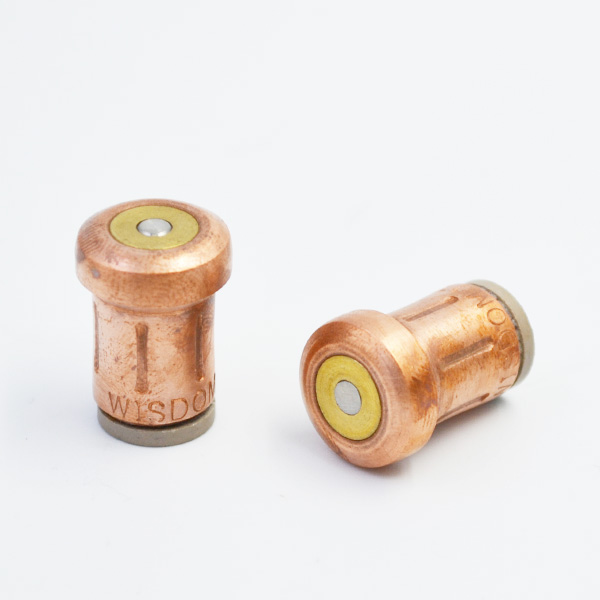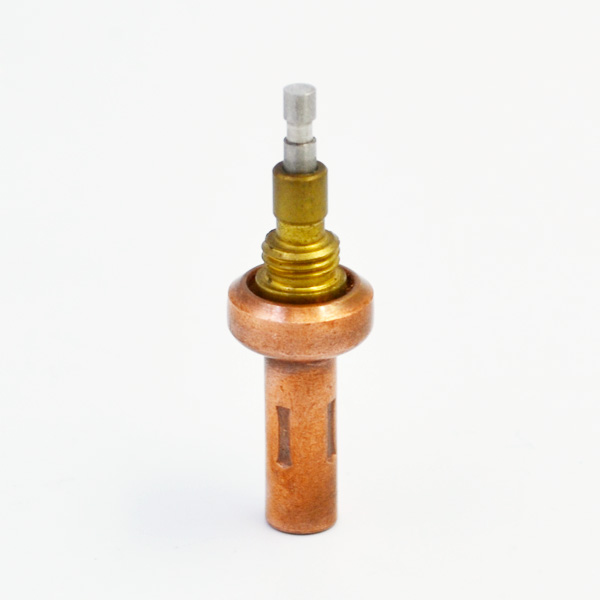At present, PLC control system is widely used in industrial production automation control.

Compared with traditional relay control system, it has many advantages, but it will not completely replace the traditional relay control system. They complement each other and sometimes need to be used together to complete the control task. Relay is widely used in the control circuit of mechanical automation. It is an electrical control device. When the input changes to meet the specified requirements, it makes the controlled amount change step by step in the electrical output circuit.
It has the interactive relationship between the control system (also known as the input loop) and the controlled system (also known as the output loop). It uses the main contact to open and close the circuit, and uses the auxiliary contact to execute the control instructions. In fact, it is a kind of “automatic switch” that uses small current to control the operation of large current, but unlike general switches, it is an electric switch that uses electromagnetic force to control the direction of switching. It plays the role of automatic regulation, safety protection and conversion circuit in the circuit. Relays generally have induction mechanisms (input parts) that can reflect certain input variables (such as current, voltage, power, impedance, frequency, temperature, pressure, speed, light, etc.); execution mechanisms (output parts) that can control the controlled circuit “on” and “off”; coupling isolation between input and output parts of relays, functional processing and output The intermediate mechanism (driving part) is driven by part. The relay has the advantages of simple and reliable, low price, simple and easy to use, small interference and so on. Programmable Logic Controller (PLC) is a new industrial control device based on computer technology. In 1987, the draft PLC standard issued by the International Electrotechnical Commission defines PLC as follows: “PLC is an electronic device specially designed for digital operation in industrial environment. It uses programmable memory to store instructions to perform logical operations, sequential operations, timing, counting and arithmetic operations within it, and to control various types of machinery or production processes through digital or analog inputs and outputs. PLC and its related peripheral equipment should be designed according to the principle that it is easy to form a whole with industrial control system and expand its functions.

”It has many advantages, such as high reliability, strong anti-interference ability, perfect function, strong applicability, small design and construction workload, convenient maintenance, easy transformation, small size, light weight, low energy consumption and so on. At present, the use of programmable controllers at home and abroad can be roughly summarized as logical control of switching variables, analog control, motion control, process control, data processing, communication and networking. With the development of computer network, programmable controller, as an important part of automation control network and international general network, plays an increasingly important role in many fields outside industry and industry. Programmable control system and relay control system are executed in accordance with the logical relationship.
In order to facilitate the use of engineers familiar with relay system, the programmable controller adopts ladder diagram similar to relay circuit diagram as its main programming language, and the computer storage elements involved in calculation and processing are named after relays. It can be said that PLC is the product of the combination of computer technology and conventional control concept of relay. The input/output form and control function of the two signals are basically the same. The two are different in the following aspects: 1. The hardware used to implement control logic is different. The logic function of relay control system is accomplished by traditional relay. The action of relay is generally related to electromagnetism. Programmable control system is an integrated controller based on various “gate circuits”. Its working condition is closer to that of computer. For the connected circuits, the control logic and parameters can be changed by changing the PCL program, so the flexibility and scalability of the programmable control system is better. 2. Different working modes, when the power supply is connected in the relay control circuit, all relays are in the controlled state at the same time, which belongs to the parallel working mode. The user program of PLC is executed in a certain sequence, and all soft relays are in the cyclic scanning connection. The action order of relays restricted by the same condition is determined by the scanning sequence of the program, which belongs to the serial working mode. 3. Many intermediate relays and time relays are used in the relay control system. There are many mechanical contacts and connections, which are strongly influenced by the environment and have a high failure rate. The programmable control system adopts microelectronics technology. The on-off and on-off actions are accomplished by a semiconductor circuit without contacts. It is also equipped with self-inspection and supervision functions. It is safe, stable and reliable. 4. The relay control system relies on the mechanical action of the contacts to realize the control. The working frequency is low and the problem of jitter exists. PLC adopts non-contact action, fast response and no jitter problem. 5. In the aspect of timing control, the relay control logic uses the delay action of time relay to control the time. The time relay has low timing accuracy and small timing range. The programmable control system uses semiconductor integrated circuit as timer. The time base pulse is generated by crystal oscillator. It has high precision, wide timing range, convenient adjustment time and counting function. In addition, relay control system is suitable for simple logic control, while programmable control system can achieve more complex logic control. Although compared with relay, PLC has many advantages, but relay and PLC always complement each other in the control system. Traditional relay has its special significance and function, it will not be completely replaced by PLC. First of all, PLC replaces some intermediate relays, while input and output relays are not completely replaced.
Before, there were a lot of intermediate relays between input and output. Hard wiring was adopted, which resulted in high cost, high failure rate and inconvenient change. After replacing these relays with PLC, they become memory bits in the CPU, and the logical relationship between them is realized by changing the program. For example, the control of motor operation, which used to be controlled by relay, is mainly controlled by PLC now. PLC control replaces only the intermediate relay part in relay control. There is no way to replace the relay which directly controls the component part, thermostatic element or need to use relay. In addition, PLC is not entirely used to replace relays. PLC itself has many functions, such as analog function, data processing function and communication function. Secondly, in some control systems, relay is a necessary control device, which should be used in conjunction with PLC. For example: 1. PLC with relay output does not need external relay in theory. The output relay of PLC directly controls the loads of contactor and signal lamp, but considering other faults such as short circuit of external equipment, or the load power is too large to exceed the capacity of relay contacts, it will burn down the contacts of PLC relay, and the maintenance of relay of PLC is very difficult, even if the output points of PLC are much more, it will also burn down the contacts of PLC relay. It has to be reprogrammed, so the output of the general PLC control circuit will be connected with relay, and the relay contacts will drive the load.
In this way, once a short circuit and other faults occur, it is much easier to replace the external relay. 2. The function of signal amplification is to match the relay with the PLC.
A PLC output point drives a 4-point small relay. The four contact states of the small relay are the amplification of the output state of the PLC, which is amplified from one signal to four signals. If this signal is needed many times in the control loop, the output points of PLC can be saved effectively. 3. In some high current and high voltage control, when the feedback voltage of peripheral equipment is higher than that of PLC, in order to protect PLC better, avoid damaging the I/O port of PLC and achieve better control, relay isolation is usually adopted, relay is controlled by PLC, and other equipment is indirectly controlled by relay contacts. 4. A small intermediate relay can also be connected in series in the control circuit to eliminate the interference in the circuit.
